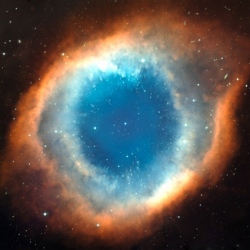
Astronomers have created a simulation of the universe that includes more realistic galaxies, enabling better research into how the cosmos evolved into its current state over the past 14 billion years. Astronomers used supercomputers to form the simulation known as EAGLE (Evolution and Assembly of GaLaxies and their Environments).
The EAGLE team says that it was able to create a more accurate reflection of real galaxies by incorporating strong galactic winds into the simulation. These winds comes from stars, supernova explosions and supermassive black holes and blow away the gas supply used in the formation of stars, creating galaxies that are lighter and younger.
In earlier simulations the galactic winds were weaker, causing galaxies to form earlier in the model than in the real, observed universe. For the record, a team from the Harvard-Smithsonian Center for Astrophysics and the Illustris Project also announced earlier this year that it had created a highly accurate model of the universe.
